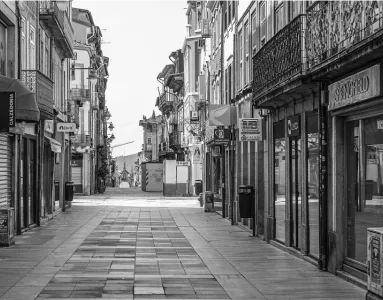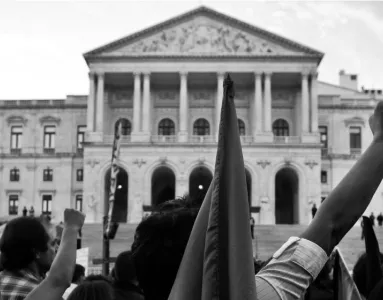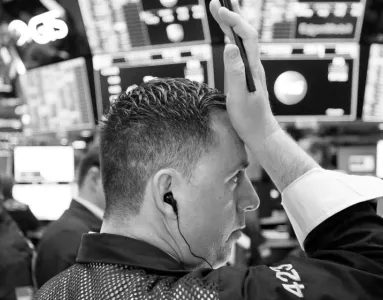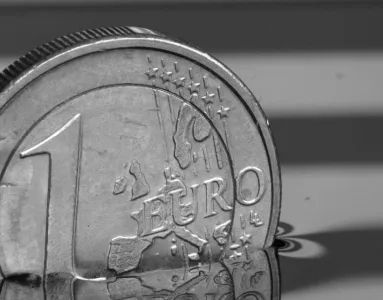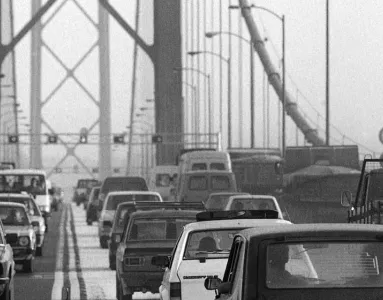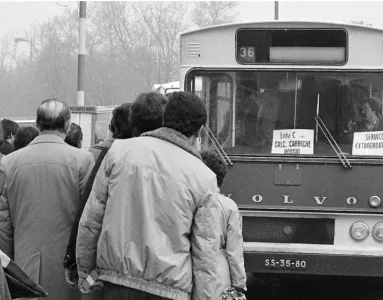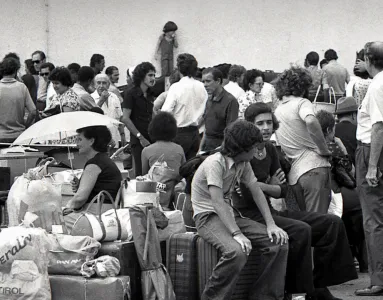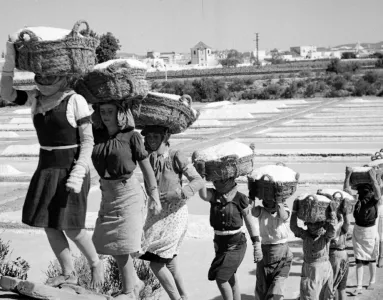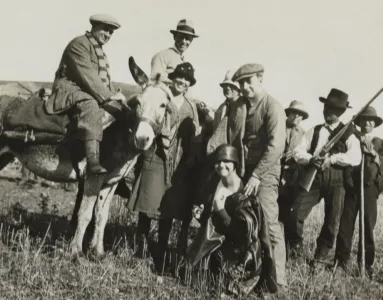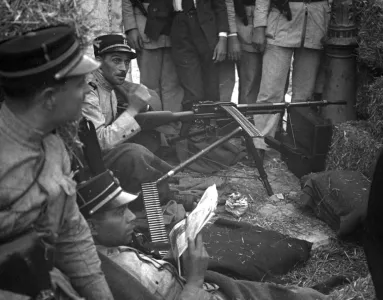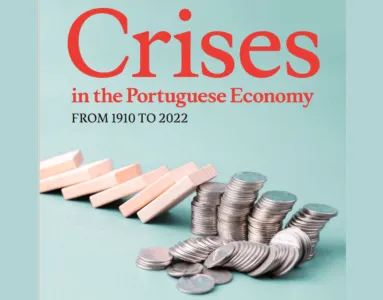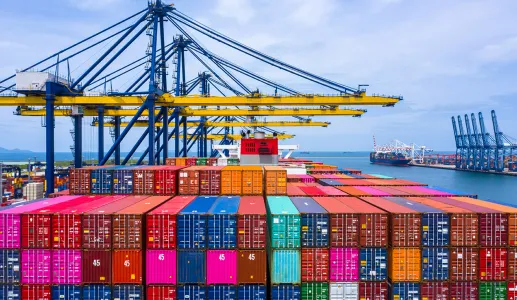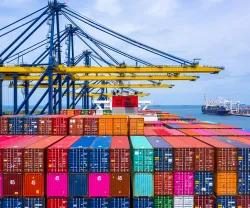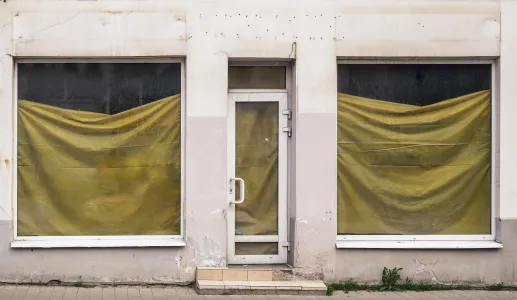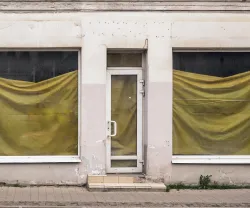
Crises in the Portuguese economy
Defining the periods when the Portuguese economy was in recession in more than a century is vital for understanding the country we live in today.
12 recessions were recorded in the national economy between 1910 and 2021. In this long period of more than a century, the economy and the country have changed profoundly. What originated these crises at each moment? How did the job market reacted? What are the consequences for families and for the political and social contexts?
To identify the moment when the recessions started and ended, we used Gross Domestic Product (GDP) as our main reference, but we also used other indicators, such as unemployment, industrial production and developments in external trade.
For the crises prior to 1980, as there was no consensus series for the Portuguese real GDP per capita, other indicators were used, such as agricultural production or emigration, among many others.
Find out more about each recession and its main causes and effects.
Recessions are periods when there is a decrease in a country’s production and people’s income.
They can occur for many reasons and they have a variety of social, financial and political consequences.
When did they start? How long did they last? What effects did they have on everyday Portuguese life?
It was in order to answer these questions that a team of experts led by Ricardo Reis precisely defined the moments of recession in the Portuguese economy, creating a reference chronology for the crises.
This ground-breaking project in the country is aimed at answering these questions through the work of a Committee of renowned experts. This replicates for Portugal the work that has been done in other countries by benchmark entities such as the National Bureau of Economic Research (USA) and the Centre for Economic and Policy Research (Europe).






